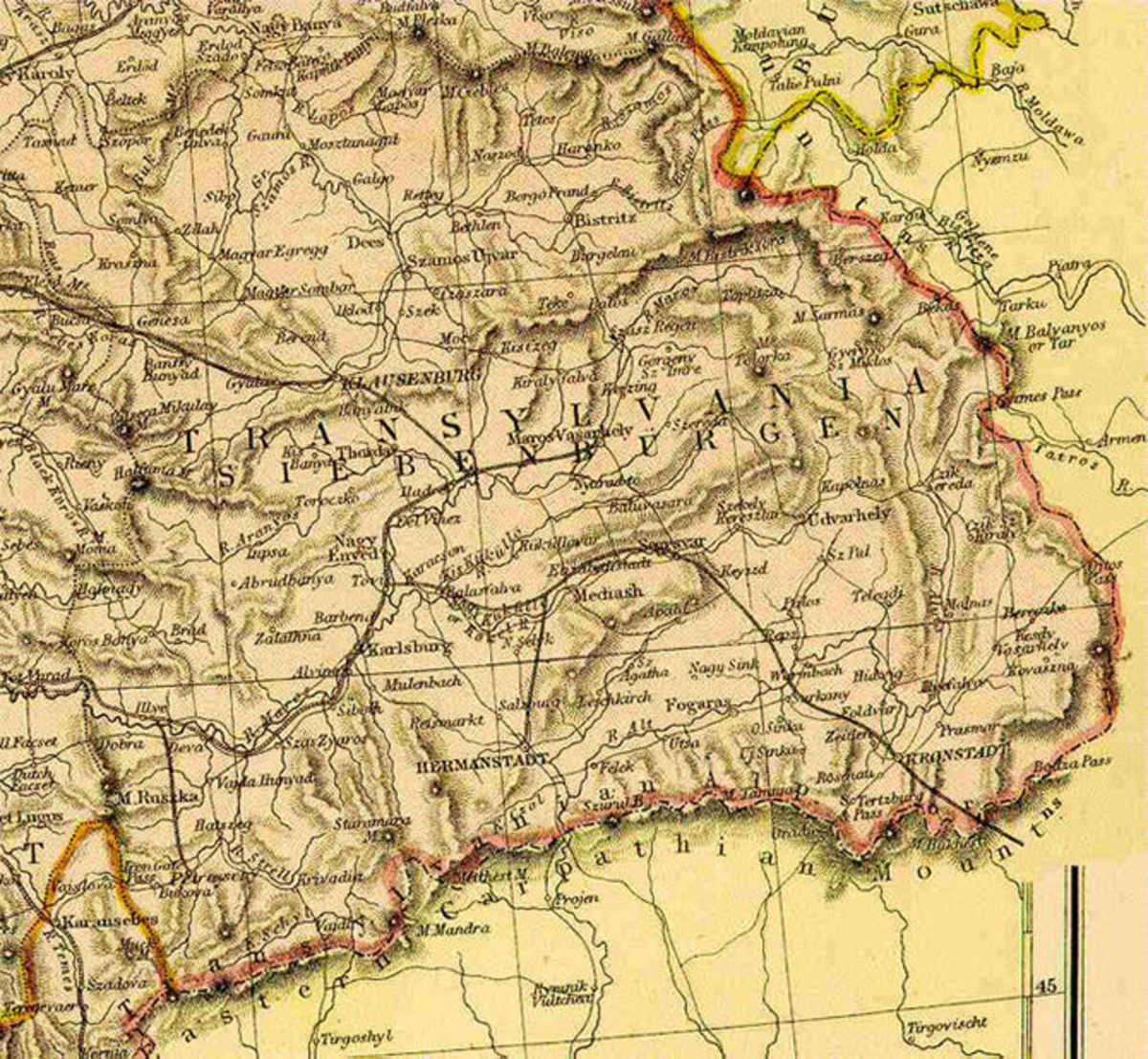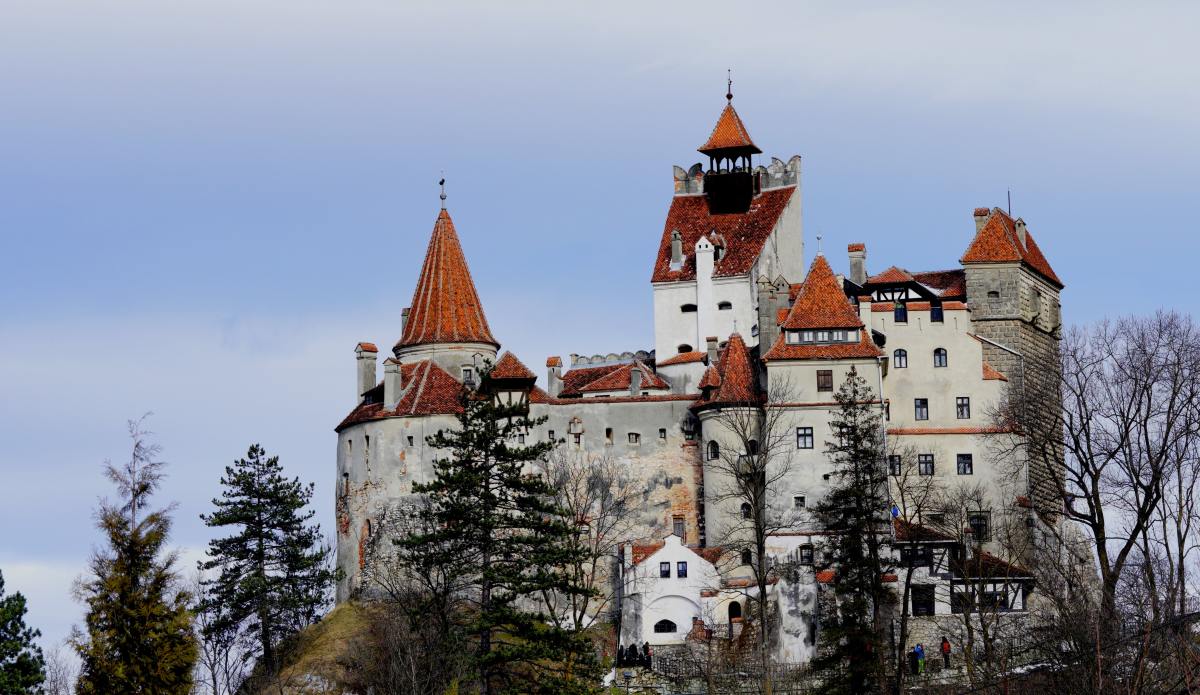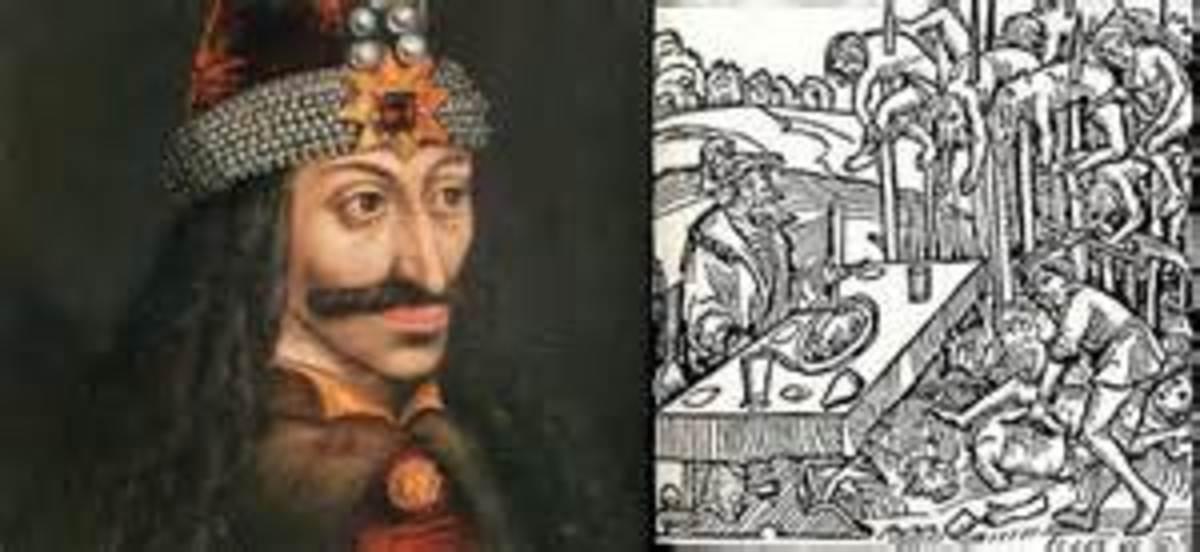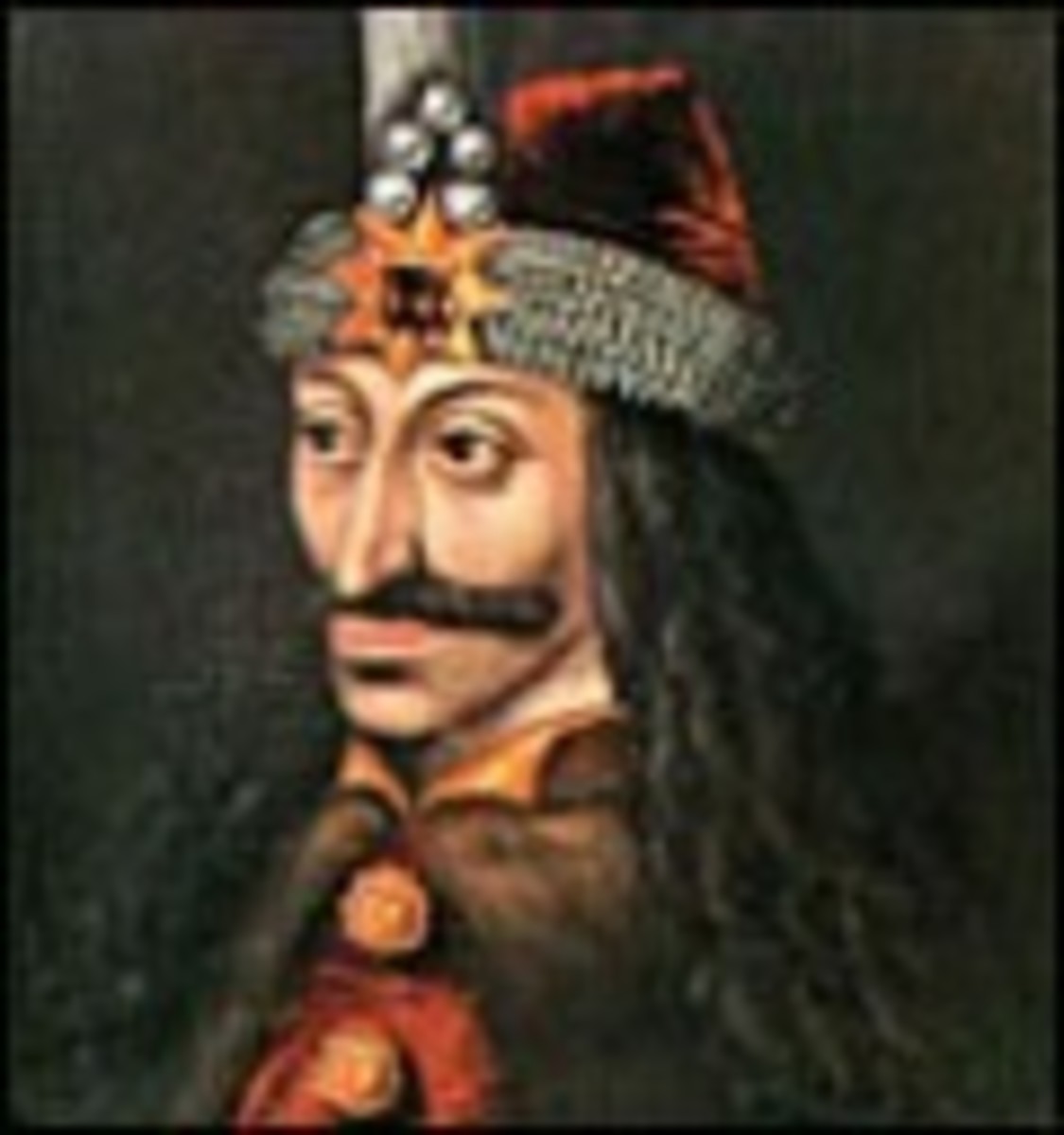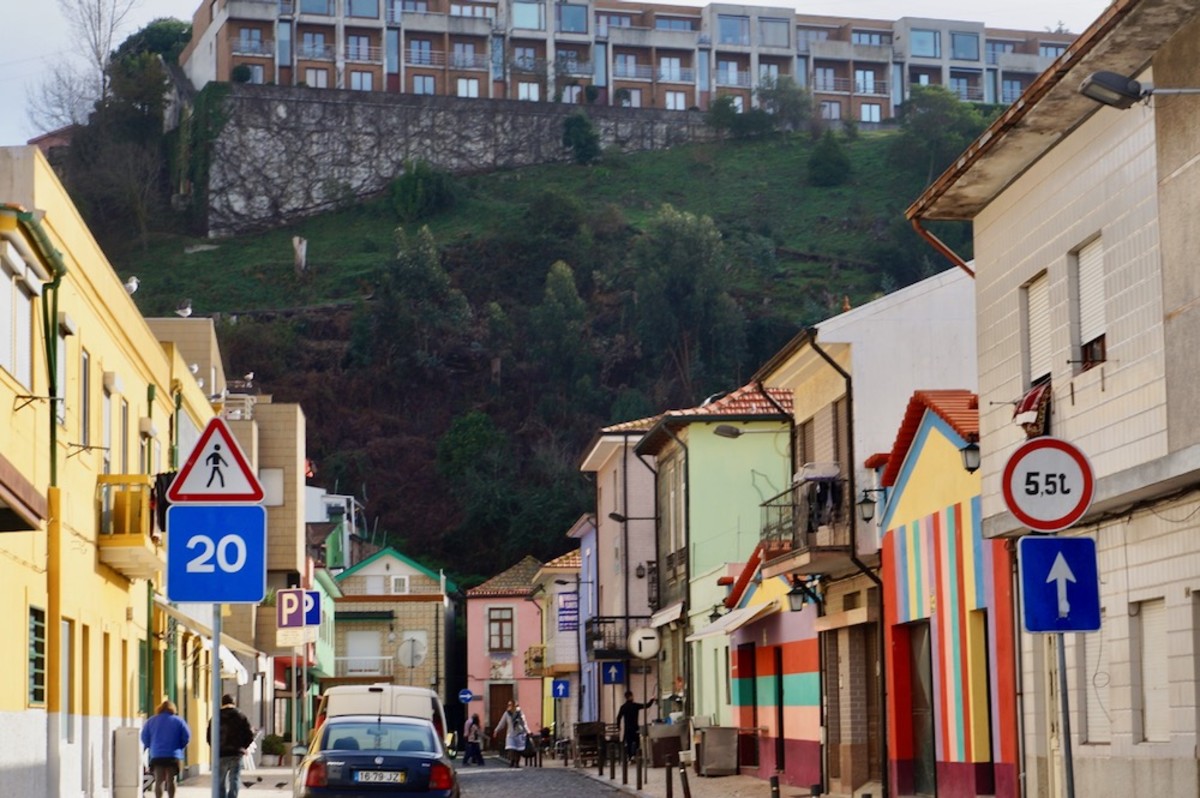Places to visit in Romania for Dracula's fan's and other tourists
If you travel in Romania or just take a tour of the country, or if you are an expat living there and got stuck one weekend with nothing to do, here are three unforgettable places to visit: Sighisoara, Bran and Poiana Citadel. You will have the opportunity to learn bits of Romania's history, while enjoying the beauty of these places. I have chosen the first two for their historical values and travel resources. The last one, Poiana, is a unique place where few foreigner have ventured yet. These places are advertised today of having great links with one of the most famous literary characters.

Sighisoara
It is said that Vlat Dracul, alias Vlad the Impaler or Dracula - as known today, was born in the citadel of Sighisoara where he lived the first four years of his life. The house, with its common look, blends in the architecture of the old burg. The wall that is seen from the street has a plaque that states that Vlad Tepes was borne there in 1431. He was the son of Vlad II, soon to be the prince of Valachia, and the daughter of a nobleman from Transylvania.
Sighisoara is a city in Romania, geographically situated in the middle of the country and historically, part of the early German immigrants heritage. It is the oldest inhabitable burg in Europe and it is placed under UNESCO protection. The main attraction in Sighisoara is the old city, or the old burg. Its houses are as old as late 1300 century and are still inhabited. The old city, with its very well preserved medieval buildings and narrow streets, with it's old trees casting shades on the guild tower, is a marvel of history and should not be missed by anyone who wants to recreate the early medieval years of Europe.
Sighisoara has a long history that includes the ancient population, the Romans, and the German settlers. The town was built on the site of an old Roman fortress and it was first mention in documents in the 12th century A.D, around the time when the first immigrants came from Saxony, a region in today's Germany. They further fortified the citadel, erecting buildings and towers. In the Middle Ages, the city became a fortress and a commercial center. It was inhabited by soldiers, craftsmen and merchants. Over time, the city has been extended beyond the walls of the citadel and it is now a large urban center and a population of over 250.000 people. The old burg is now the scene for many festivals, and flocks of tourists come here every year to see it. Among its main attractions are Vlad Tepes' house, The Clock Tower, The Citadel Square, The Church of the Dominican Monastery and The Scholar's Stairs.
To get to Sighisoara, you can travel by train or by car.
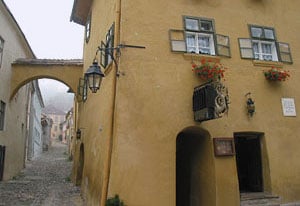
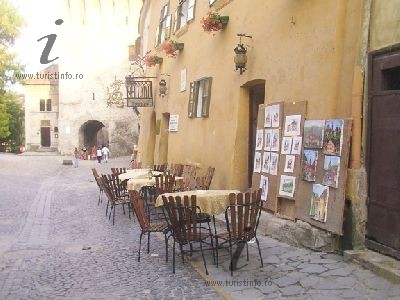
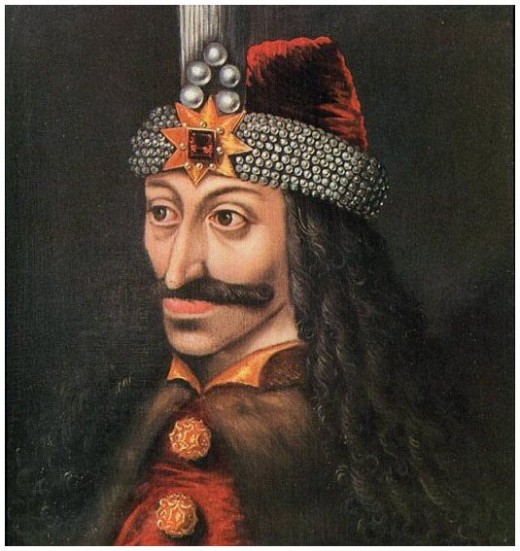
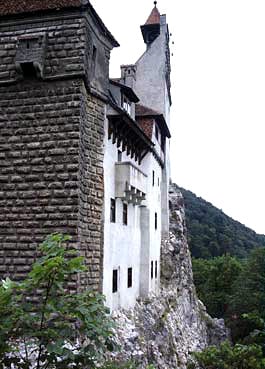
- Vlad Dracula, The Vampire?
It is said that the literary character Count Dracula, The Vampire, had been inspired by a real person: Vlad Tepes, the prince of Valahia (Wallachia, for English speakers.) Dracula was created by Bram... - Dracula?: Vlad Tepes and An Alternate History
Indulge me in a what if game, what if Vlad Tepes was more of a diplomat and was more - Slavic, Roman, and Modern Vampires
Vampire myths go back thousands of years and occur in almost every culture around the world. Their variety is almost endless; from red eyed monsters with green or pink hair in China to the Greek Lamia which... - Eastern European Countries and Capitals
Eastern Europe, with its mosaic of countries, nations, languages and ethnicities may seem overwhelming for an out of the area tourist. And it is understandable: the geographical boundaries have constantly moved during centuries, the culture of the...
Bran Castle
Here is the place that every tourist, except Romanians, expects to see Dracula's shadow, or at least a little relic that once belong to this famous vampire. Dracula is an imaginary character created by Bram Stocker, an Irish writer and Vlad Tepes, the real personage, that, it is said, had inspired the writer, has little to do with this Castle. There is no mention in any documents that Bran Castle was once in Vlad Tepes possession. There are two stories that circulates among historians: one that supports the theory that Vlad Tepes used the castle to lunch attacks towards the neighboring city of Brasov, and the second one that says that Vlad was locked in the tower of the castle at one point of its life.
With or without Dracula or Vlad Tepes, the Bran Castle is one of the most beautiful medieval Castles in Romania and it is worth the time to visit it.
Situated at 30 km of Brasov, on the Rucar - Bran corridor on eastern Carpathians, Bran Castle had played a big political and military role in the history of Romanian territories. The geographical landscape that surrounds the fort made it perfect for defense. Also, being on the route that linked Valachia and Transylvania, the citadel controlled the trade between the two provinces. It's ownership was often switched between Brasov - a free city, Transylvania and Valachia.
The fortress was built out of wood in 1212 by Teutonic Knights, a German religious and military order that served the Catholic pilgrims to the Holy Land, fought in the Crusades and care for the sicks and wounded. Thirty years later, the fortress was destroyed by mongols. The place was so well situated that no ruler would give up on it. In 1377 Ludovic I of Hungary gave the castle to the city of Brasov ( actually to the Saxons of Kronstadt, the city's German name, and they built the stone castle of today.) Over time, the castle has been rebuilt, fortified or restored by its owners, the last and most important intervention belonging to Queen Maria of Romania after 1920.
Today, Bran belongs to Archduke Dominic, an descendant of royal house of Romania that lives abroad, and it serves as a museum.
To get to Bran, you can take the train trough the beautiful Olt river valley either from Brasov or either from Bucharest. You can travel by car too stopping for a meal in one of the many small mountain towns along the way.
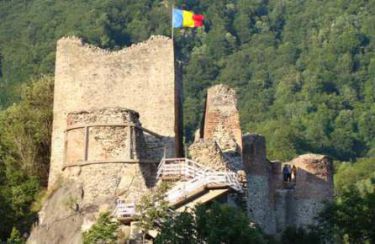
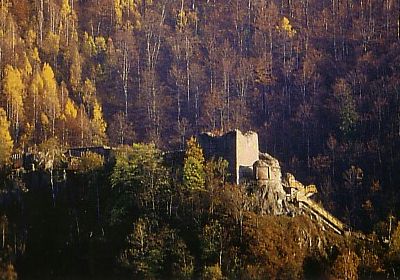
Poenari Citadel
This is the place where Vlad the Impaler may have conducted his political businesses along with other cruel operation, but, again, there are few historical references and even fewer details.
It is, however, certain that Vlad had consolidated and extended the fortress, one chronicle mentioning that it was done by some noblemen punished by Vlad under the accusation of betrayal.
It is unclear when it was built and by who but it is generally accepted that by the middle of the 14th century the citadel was already in place: on top of a high rock called Cetatuia, in a place surrounded by cliffs, hard to reach. It was probably erected by one of the valachian princes as a defense fortress.
Today, the fort is in ruins but one can still see the old roman like walls among layers of restorations. To get on top, the visitor has to climb over 1500 steps. One serious fans of Dracula has been there and wrote a great blog about it.
To go to Poenari castle you can take the train or travel by car from Bucharest to Curtea de Arges, and then find a local bus that goes to the old village Poenari.
Other castles that are linked to Dracula are The Royal House in Targoviste, The Old Court in Bucharest and Hunedoara Castle. All of these places have a great historical and architectural value and a tourist won't be disappointed.



